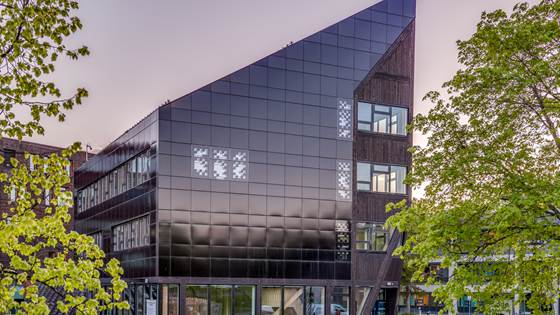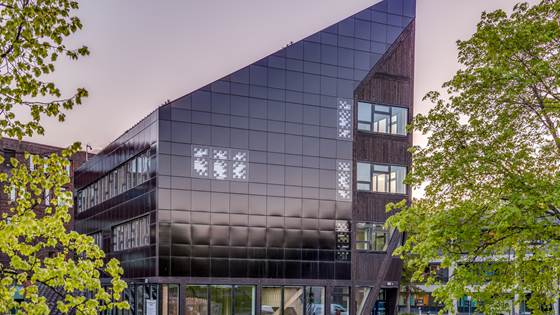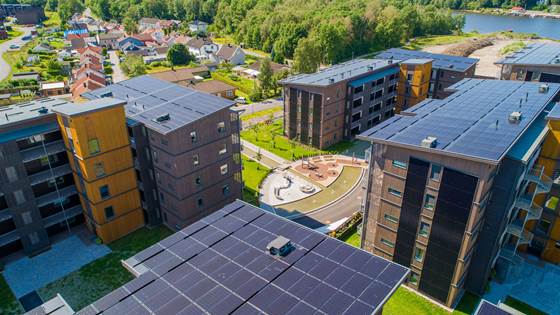
COFACTOR - Coincidence factor for buildings
The "Coincidence factors and peak load of building in the Norwegian low carbon society – COFACTOR" project will provide knowledge to improve both grid planning and design of buildings.

The "Coincidence factors and peak load of building in the Norwegian low carbon society – COFACTOR" project will provide knowledge to improve both grid planning and design of buildings.

PRESAV will develop various predictive control strategies for active heat storage accounting for electricity price, district heating price, weather forecast (especially solar irradiance and outdoor temperature) and local heat demand in buildings with...

Enhancing optimal exploitation of solar energy in Nordic cities through the digitalization of the built environment

Today, road, sea, air and rail traffic are managed within silos. ORCHESTRA explores future traffic management – so called traffic orchestration. The traffic will be controlled and coordinated in a more proactive and resilient manner both within and...

The concept of Positive Energy Districts (PEDs) has increasingly been integrated into the climate neutrality discourse. PEDs have also been purported to hold the key to transform the urban energy system and to be an important pillar of smart cities.

HumanTech is an EU-project aiming to make the construction industry safer, greener, and more efficient.
Hydrogen provides a CO2-free sustainable alternative to fossil fuels. A preliminary project is now being performed to investigate the production of hydrogen from waste using microbes.

The sustainability transitions research field addresses the complex transformation processes needed for key societal services (energy, transport/mobility, food, housing, water/sanitation) to be provided more sustainably.

The aim of Nordic Energy Outlooks is to: ���Strengthen Nordic research competence and cooperation in the field of energy systems analysis, by building on existing national research programs” [Nordic Energy Research]